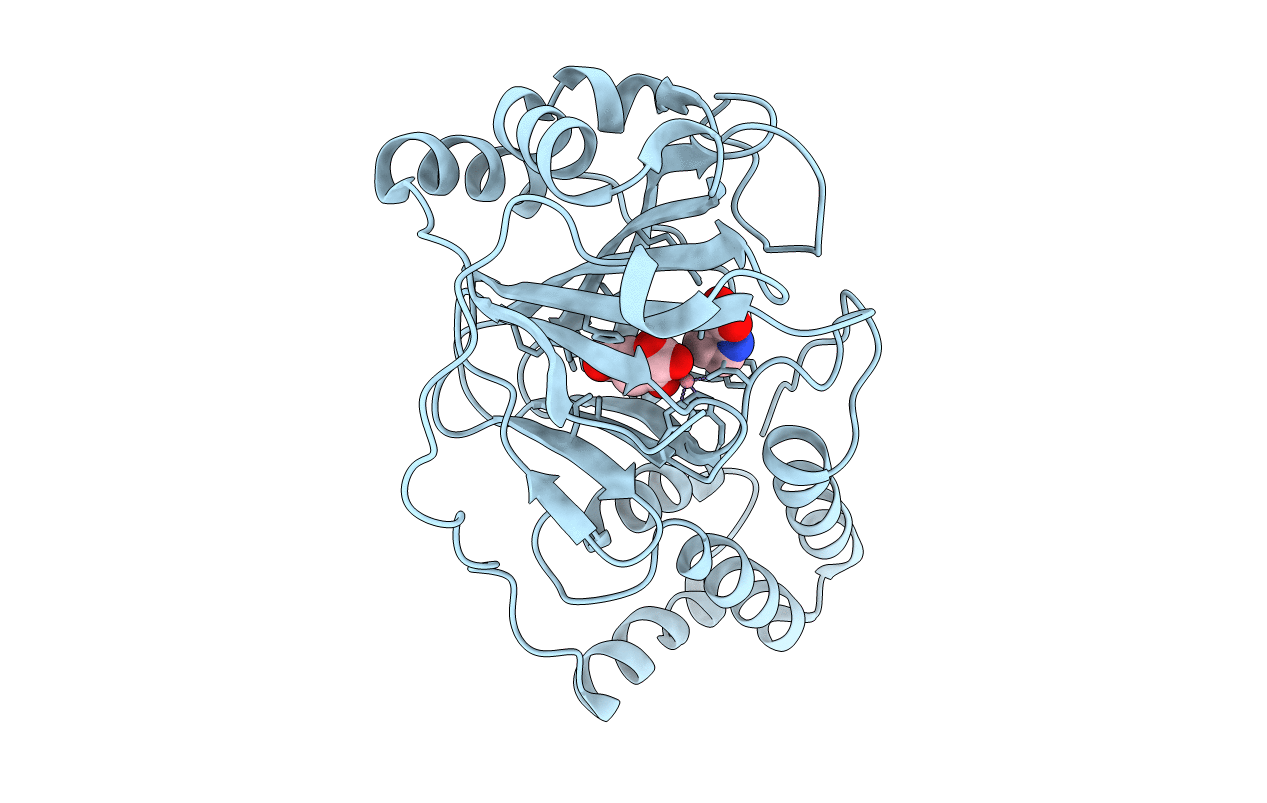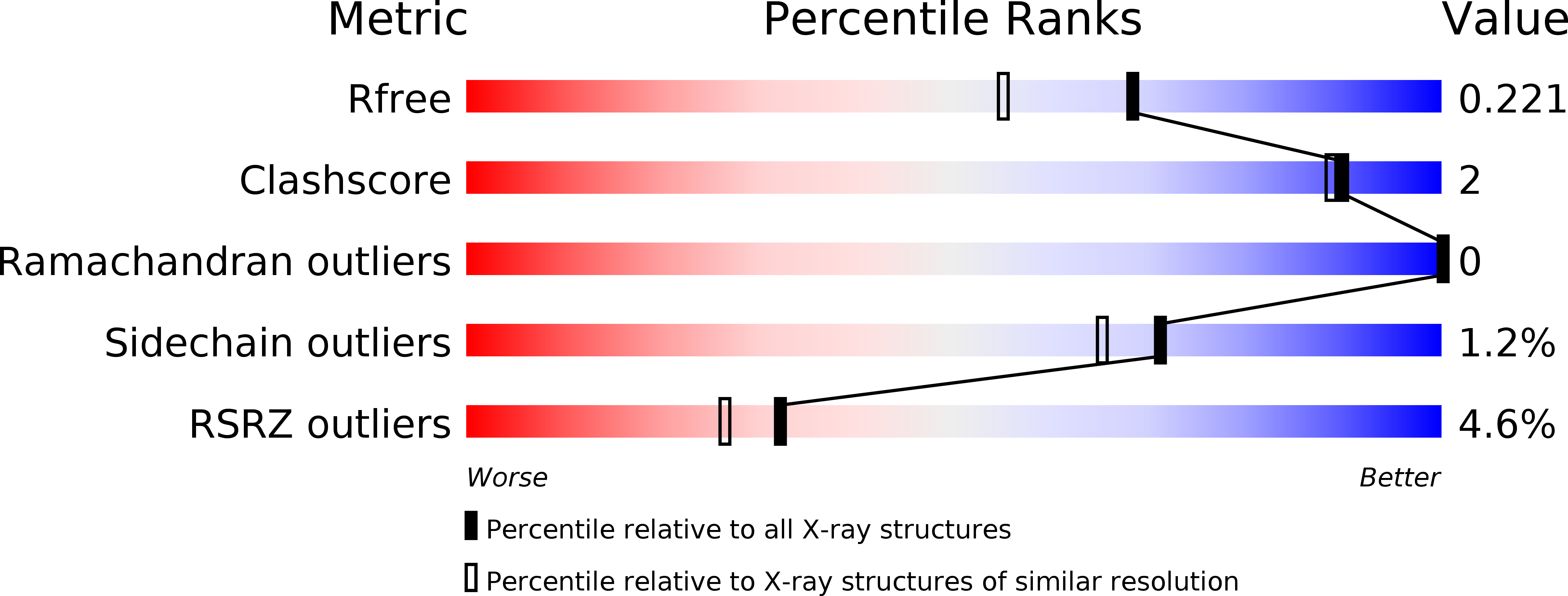
Deposition Date
2014-03-28
Release Date
2014-09-17
Last Version Date
2023-12-27
Method Details:
Experimental Method:
Resolution:
1.80 Å
R-Value Free:
0.21
R-Value Work:
0.19
R-Value Observed:
0.19
Space Group:
P 21 2 21


